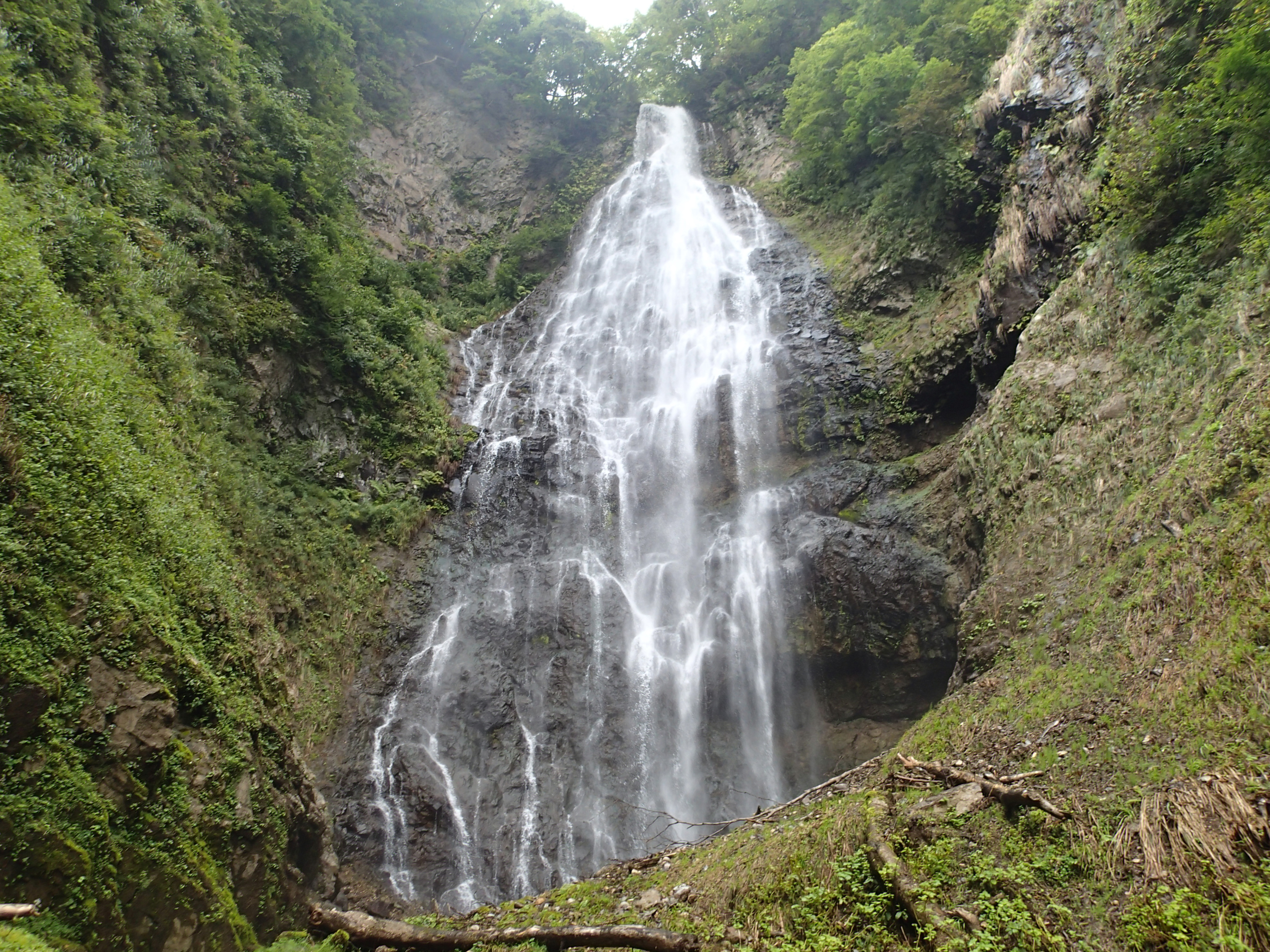Japan is undoubtedly a land of abundant natural beauty. Its long island chain spans a huge diversity of environments that famously enjoy four distinct seasons. While the Japanese people are great lovers of nature, thousands of years of life on the archipelago have made swathes of untouched splendor somewhat hard to find.
Yet Shirakami Sanchi, a 169.7 sq. kilometer expanse of virgin forest in the north of Honshu, is just such a place. Inscribed as a UNESCO World Heritage site in 1993, it touches both Akita and Aomori prefectures and is a sanctuary for the buna (Japanese beech) tree, just about any mammal found in other parts of Honshu and a few rare ones for good measure.
Whereas the biodiversity of many of Earth's primeval beech forests was decimated by continental glaciation about 2 million years ago, the forests of northern Japan escaped that fate, making them living time capsules of a kind. Japanese beech trees, being extremely supple, are uniquely resistant to heavy snowfalls of the type that regularly assault Honshu's inland sea coast, and although not particularly desirable as lumber, their numbers have nonetheless dwindled as humans cleared space for more profitable trees.



